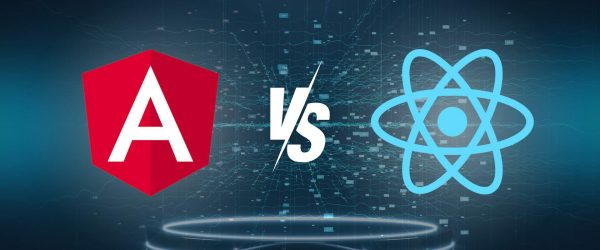Machine learning has become increasingly popular in recent years as a technology solution for automating routine tasks, thus boosting productivity for businesses. But how can this solution be seamlessly integrated into the existing data architecture?
To begin with, let’s understand what data architecture entails. According to Ezeiatech, a data architecture encompasses the management of data from its collection to its transformation, distribution, and consumption. It essentially lays out the blueprint for how data flows through storage systems, playing a crucial role in both data processing operations and artificial intelligence (AI) applications.
From Ezeiatech’s explanation, it’s clear that to effectively implement a machine learning process, which relies heavily on artificial intelligence, a robust data architecture must be established. This architecture ensures smooth integration in the future, avoids potential complications, and delivers the anticipated benefits.
Integrating machine learning into data architecture
Integrating machine learning into data architecture means creating a setup where data can easily move from different places into machine learning models. Then, we use what these models find out to understand things better or make decisions.
Identify Use Cases:
First, understand the business problems you want to tackle with machine learning. For example, you might want to predict when machines need maintenance, segment your customers for better targeting, or detect fraudulent activities.
Data Collection and Storage:
Next, gather relevant data from different sources like databases, APIs, logs, or sensors. Store all this data in one central place, such as a data warehouse or data lake. Make sure the data is cleaned up, organized, and stored in a way that makes it easy to analyze.
Data Preprocessing:
Before feeding the data into machine learning models, you need to prepare it. This involves tasks like engineering new features, handling missing information, converting categorical variables into a format that algorithms can understand, and scaling features so they have the same impact on the model.
Model Development:
Now, it’s time to build the actual machine learning models for the identified use cases. Depending on the nature of the problem (e.g., predicting, classifying, or clustering), choose the appropriate algorithms. Train these models using historical data and evaluate their performance using techniques like cross-validation, which helps ensure they’ll work well with new data.

Model Deployment:
After training and testing, deploy the models into the real world. This could mean creating interfaces for other systems to use or integrating the models into existing software. Make sure the deployed models can handle varying workloads, are dependable, and can provide predictions in real-time or in batches, depending on what’s needed.
Monitoring and Maintenance:
Keep an eye on how well the models are performing once they’re live. Track important metrics and update the models regularly to keep them accurate, since data patterns can change over time. Establish procedures for managing different versions of the models, rolling back changes if needed, and troubleshooting any issues that arise.
Feedback Loop:
Use the predictions made by the models to improve your overall data system. Let the predictions guide your actions or decisions, and collect feedback to refine the models further. This helps ensure that your models keep getting better at what they do.
Security and Compliance:
Make sure that your machine learning process follows strict security protocols to protect sensitive data. Also, ensure compliance with regulations like GDPR or HIPAA, especially when dealing with personal or confidential information.
Scalability and Optimization:
Design your data architecture and machine learning setup to handle growing amounts of data and increasing computational demands. Optimize everything for performance, cost-efficiency, and making the most out of your resources.
Collaboration and Documentation:
Encourage teamwork between different teams involved in the process, like data engineers, scientists, and experts in the field you’re working in. Document every step of the process, from where the data comes from to how you deploy and monitor the models. This helps keep everyone on the same page and makes it easier to troubleshoot problems later on.
At Ezeiatech, we’ve successfully executed this process numerous times, assuring you of success in your project.







